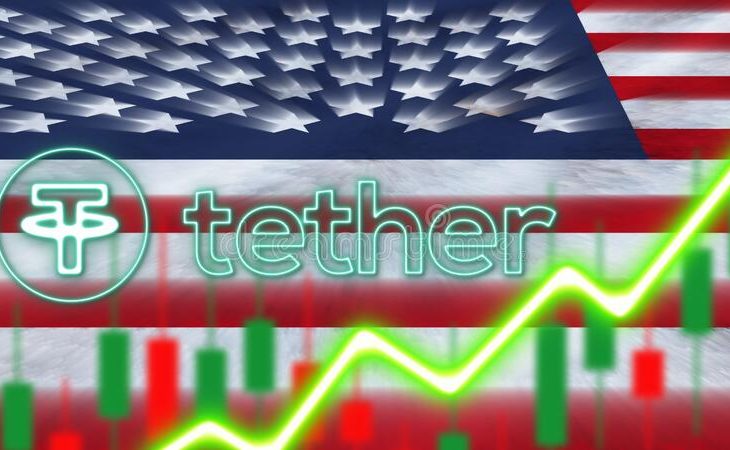The Tether Effect: The Role of Stablecoins amidst Federal Reserve Policies and the Crypto Market
In recent times, a significant event in the world of stablecoins has brought a new dimension of risk to the current market situation. Tether, one of the leading stablecoin issuers, has announced record profits of $1.5 billion in the first quarter of this year, a development that adds another layer of complexity to the current state of the crypto market. This profit has arisen largely from the interest Tether has been accruing on assets that back USDT, its stablecoin.
USDT and other stablecoins are primarily backed by U.S. government debt, bringing the issue of the U.S. debt ceiling into sharper focus within the crypto world. Any turbulence in the U.S. bond market due to the ongoing discussions about the debt ceiling could create concerns regarding the collateral that supports USDT and other stablecoins. This uncertainty could potentially trigger a rush to withdraw from major stablecoins, causing them to depart from their pegged values.
Circle, another key player in the stablecoin arena, has reportedly adjusted its reserves to hedge against such a scenario. However, it remains unclear whether Tether has taken similar steps. This uncertainty raises concerns, given that, according to Tether’s Q1 earnings, almost 10% of USDT in circulation was backed by money held in Money Market funds. For context, Money Market funds are financial instruments that invest in a variety of risk-free debt instruments, including U.S. government debt. If the U.S. bond market experiences high volatility, there is a chance that Money Market funds could halt withdrawals. This situation could lead to a drop in the value of USDT due to redemption worries, which could significantly destabilize the market.
However, it’s crucial to understand that this scenario presupposes that U.S. politicians would extend the debt ceiling debate to the point of a technical default. Such an event is highly improbable, as it does not align with the interests of any parties involved. A more likely scenario is that the debt ceiling will be raised, which presents an opportunity for Tether to potentially play a stabilizing role.
In a somewhat unexpected move, Tether has stated that it will begin using up to 15% of its monthly profits to purchase Bitcoin (BTC). These BTC buys could offer an additional source of liquidity that could sustain the crypto market while the U.S. Treasury withdraws money from other markets to replenish its account at the Fed. However, it’s essential to note that this liquidity support would primarily benefit BTC and not altcoins. This means that altcoins could continue to face challenges in the market. The recent lack of participation from altcoins in the market rally and the potential continuation of their struggle are signs that the crypto bull market might not be back yet.
What’s intriguing about Tether’s strategy is that it will be buying BTC using the interest from U.S. government debt. In other words, the U.S. government’s own funds are indirectly supporting the crypto market. The U.S. government is unlikely to be thrilled by this scenario, which raises questions about potential countermeasures it might take.
Given that Tether operates from overseas, a direct regulatory crackdown seems off the table. However, the U.S. government could resort to indirect measures such as attempting to seize or freeze any assets Tether holds in the United States. This possible action underscores the reality that, despite the complexity and global nature of the crypto market, U.S. regulators remain determined to exert control when needed.
All things considered, it’s clear that stablecoins like Tether play a critical role in the volatile crypto ecosystem. They not only serve as safe havens during market turbulence but also influence the market through their financial operations and reserves management. Their involvement with national economies, specifically through holding government debts, creates an intricate web of interactions that can have wide-ranging impacts on the crypto market.
In the end, the outcome of the U.S. debt ceiling situation will significantly shape the crypto market’s future, highlighting the critical interplay between traditional financial structures and the world of digital currencies. While we wait for these issues to unfold, stakeholders should stay informed and prepared for an increasingly complex financial landscape.
